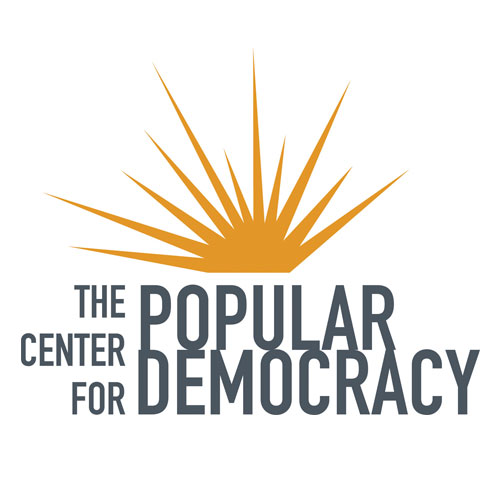[created] | Published by: VICE
These 5 Moms Facing Eviction Are Putting Biden on Notice: 'Nobody's Leaving'

[created] | Published by: VICE
These 5 Moms Facing Eviction Are Putting Biden on Notice: 'Nobody's Leaving'

[created] | Published by: Democracy Now!*
Rights Groups Demand Biden Reverse Trump Immigration Changes as COVID Surges in ICE Jails

[created] | Published by: Democracy Now!*
Rights Groups Demand Biden Reverse Trump Immigration Changes as COVID Surges in ICE Jails

[created] | Published by: USA Today
Politics live updates: Top congressional leaders to meet on COVID stimulus, spending

[created] | Published by: Washington Post
Activists organize car caravan in Delaware to press Biden on immigration reform

[created] | Published by: USA Today
Politics live updates: Top congressional leaders to meet on COVID stimulus, spending

[created] | Published by: Washington Post
Activists organize car caravan in Delaware to press Biden on immigration reform







3 hours ago
3 days ago